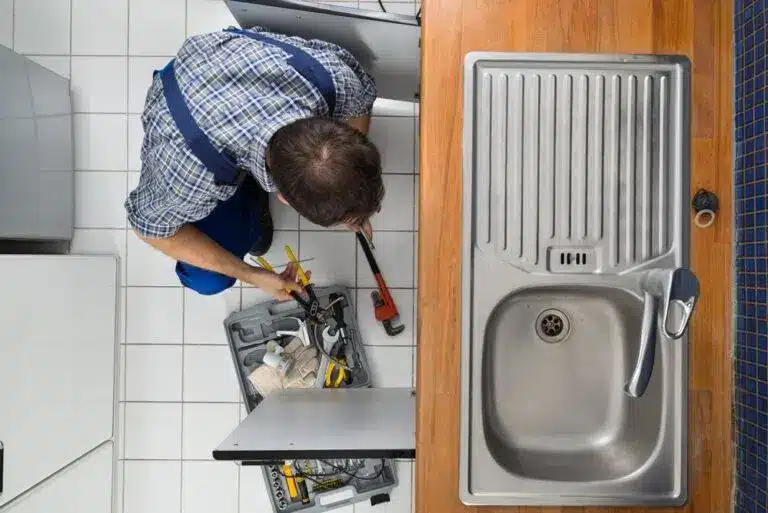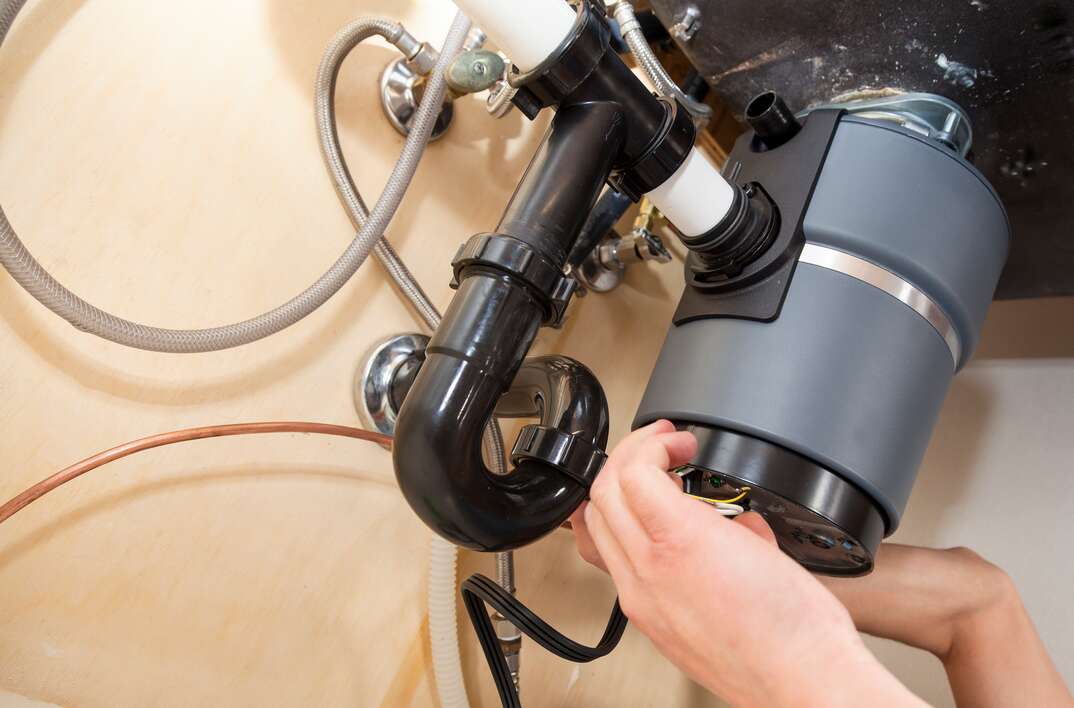They are making a number of good points on the subject of Why Is overall in this great article below.

Waste disposal unit are vital kitchen home appliances that assist in disposing of food waste efficiently. Nonetheless, a dripping waste disposal unit can be an irritating and untidy issue to take care of. Thankfully, many leakages can be taken care of quickly with a couple of basic steps. In this article, we will certainly review just how to repair a dripping garbage disposal effectively.
Intro
Waste disposal unit are set up under kitchen sinks and are created to shred food waste into smaller sized pieces, enabling it to pass through the plumbing system conveniently. While these devices are generally reliable, leaks can happen with time due to deterioration, loosened links, or damages to the unit.
Step-by-Step Guide to Repairing a Leaking Waste Disposal Unit
Shut off the Power
Before attempting any type of repair work, ensure that the power to the garbage disposal unit is shut off to prevent the risk of electric shock.
Situate the Leakage
Recognize the specific place of the leak and figure out the reason
Tighten Links
Utilize a wrench to tighten any kind of loose connections in between the disposal device and the plumbing system.
Replace Seals or Gaskets
If the leakage is due to worn seals or gaskets, remove the old components and replace them with new ones.
Patching Fractures or Holes
For fractures or holes in the disposal system, use epoxy or an appropriate patching material to seal the damaged area.
Identifying the Source of the Leak
Before attempting to deal with a leaking garbage disposal, it is essential to recognize the source of the leakage. This can typically be done through aesthetic assessment or by conducting easy tests.
Visual Examination
Examine the garbage disposal unit very carefully for any kind of signs of water leakage. Pay close attention to areas around seals, gaskets, and link points.
Testing for Leakages
One method to test for leaks is by running water via the disposal device and checking for any type of visible signs of leakage.
Usual Sources Of Leaks in Waste Disposals
Worn Seals and Gaskets
Seals and gaskets play an essential function in avoiding water from dripping out of the waste disposal unit. Over time, these components can weaken, leading to leaks around the disposal device.
Loose Links
The connections in between the waste disposal unit and the pipes system can end up being loose gradually, triggering water to leak out during procedure.
Splits or Openings in the Disposal Device
Physical damages to the garbage disposal, such as cracks or openings in the housing, can additionally lead to leakages.
Devices and Products Needed for Dealing With a Dripping Waste Disposal Unit
Before starting the repair procedure, gather the required tools and materials, consisting of a screwdriver, flexible wrench, plumbing technician's putty, substitute seals or gaskets, and epoxy or patching material for repairing fractures or holes.
Checking the Garbage Disposal After Repair Service
As soon as the repair service is full, test the garbage disposal by running water through it to ensure that the leak has actually been dealt with.
Preventive Upkeep Tips to Stay Clear Of Future Leakages
To avoid future leaks, it is important to execute normal upkeep on your waste disposal unit. This consists of maintaining it clean, preventing placing non-food things or tough items down the disposal, and regularly looking for leaks or other problems.
Final thought
In conclusion, repairing a dripping waste disposal unit is a relatively straightforward process that can be finished with basic devices and materials. By adhering to the steps described in this article and practicing preventive maintenance, you can keep your garbage disposal in good working condition and avoid costly fixings in the future.
HERE’S HOW TO FIX YOUR GARBAGE DISPOSAL
WHAT TO DO IF SOMETHING IS STUCK IN YOUR GARBAGE DISPOSAL
If the impeller won’t turn, there’s probably something stuck in the disposal. It could be a steak bone or peach pit, although plumbers report pulling all sorts of inappropriate objects out of disposals, such as bottle caps or aluminum foil. Make sure power to the disposal is off, and look inside to see if you can see the source of the jam.
Never stick your fingers in a disposal. Pull out anything you see with tongs or pliers.
If the disposal still won’t work, it may be time to call a plumber or consider buying a new disposal. GEM Plumbing & Heating is here for all of your garbage disposal needs.
WHAT TO DO IF YOUR GARBAGE DISPOSAL DRAIN IS CLOGGED
Take everything out from underneath your sink and put a bucket or other container under your disposal to catch any water that drains out. Disconnect your disposal from the power supply. If it’s plugged into a wall outlet, unplug it. If it’s hardwired into an electrical box, go to the electrical panel and turn off the breaker for the disposal. Pour ¼ cup of baking soda into the drain, followed by ½ cup of white vinegar. Give the solution a few minutes to fizz and do its work. Look into the disposal with a flashlight to see if you can see an object that might be causing the clog. If you see it, remove it using tongs or pliers. MORE TIPS ON DEALING WITH A CLOGGED GARBAGE DISPOSAL
Never use drain cleaner in a garbage disposal. It can damage the plastic parts inside the disposal. You can also be splashed with the caustic liquid while working to clear the clog. Beware! Never stick your fingers into a garbage disposal. Trust us — not a good idea. In many instances, your dishwasher drains through your garbage disposal. This allows the disposal to grind any large food particles that may be drained out of your dishwasher. There are some jurisdictions, however, where the plumbing code prohibits such a connection. WHAT TO DO WHEN YOUR DISHWASHER DRAINS THROUGH THE DISPOSAL
Run some water in the sink so your plunger has at least a ½-inch of water to create a seal and plunge vigorously up and down several times. You may need to repeat this several times. Run hot water down the drain to clear any residue that remains.

As an enthusiastic person who reads on Garbage Disposal Leaking From Bottom, I assumed sharing that piece of writing was a smart idea. Do you know somebody else who is excited by the topic? Take a moment to share it. I recognize the value of reading our article about Why Is My Garbage Disposal Leaking From the Bottom?.
Details